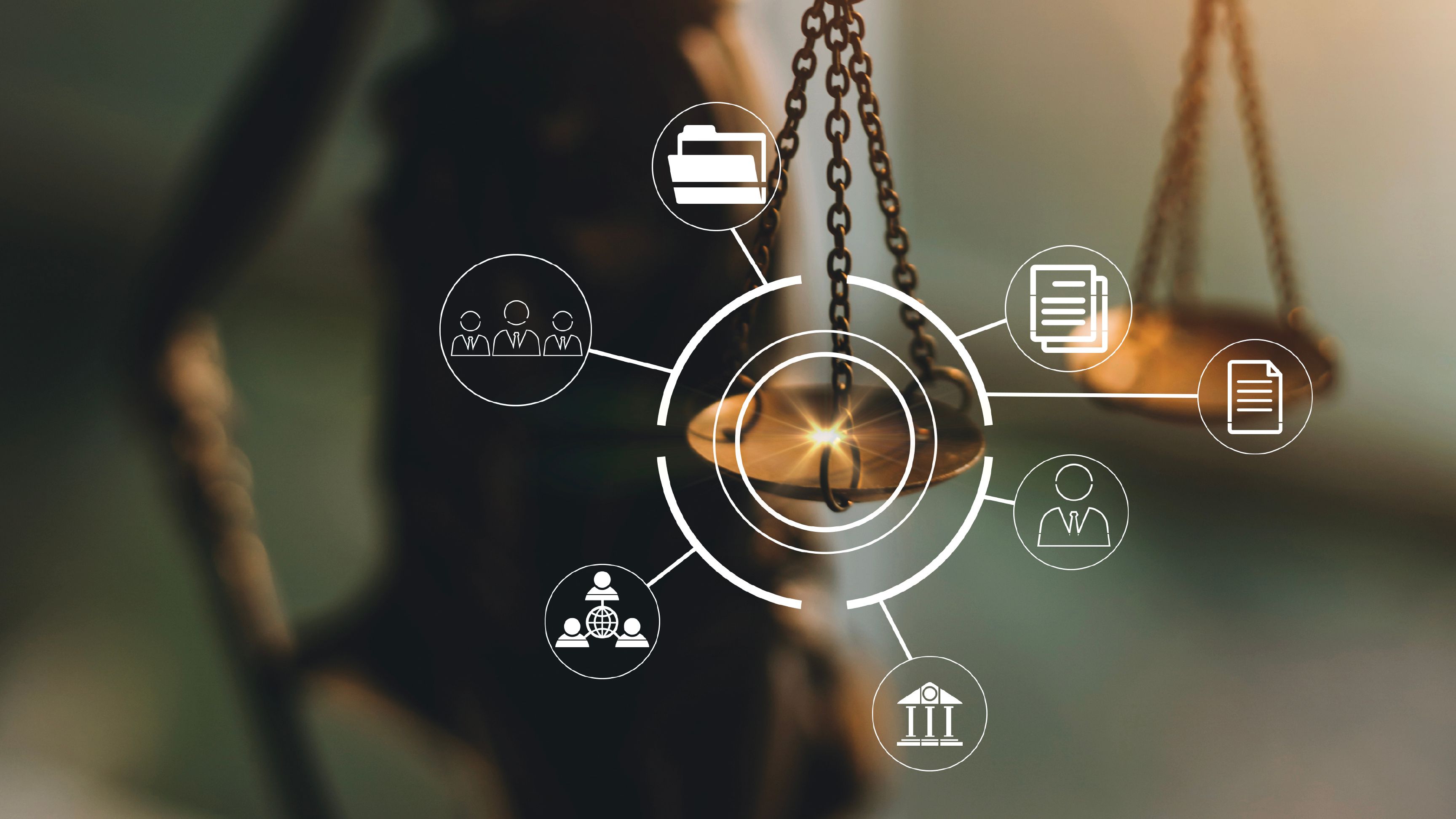
Blog
Enabling access to justice with remote appearances

Beginning in March 2020, courts transformed how they conduct business by rapidly transitioning to online platforms. Moving business entirely online required courts to train judges, court staff, prosecutors, lawyers, and litigants; establish new policies and protocols; and purchase and issue new equipment and software licenses — all in a very short period of time, and often while people were working remotely. But by the summer of 2020, courts throughout the nation were routinely conducting remote hearings, and many courts continued to conduct at least some, if not most, court hearings online well into 2021.
In the spring of 2021, the National Center for State Courts (NCSC) and Wayne State University, initiated a large-scale, national examination of remote court hearing practices in treatment court settings. The research team selected treatment courts for study because they require frequent court hearings. Over 1,350 participants in judicially led diversion programs across 27 states completed the online survey between February 2021 and July 2021. Respondents indicated that about 30 percent of the court hearings they participated in during this time were in-person only; 70 percent included both in-person and remote proceedings. The following is a summary of some of the findings; the full report is available at https://bit.ly/3LW7AHi.
Interactions with the Judge
Court users enrolled in treatment courts were asked to rate their agreement with a series of statements about their experiences with in-person court and virtual court. The responses of those whom had only experienced virtual court were compared to the group of those respondents who had transitioned from in-person court to virtual court. Options for responses to each statement were 1 (strongly disagree), 2 (disagree), 3 (neither), 4 (agree), and 5 (strongly agree), with averages reported for each statement.
Survey responses suggested that remote sessions may be more user-friendly than in-person sessions. Respondents who had transitioned from in-person to virtual hearings rated their comfort level for in-person hearings lower (3.88) than for virtual hearings (4.06). This difference was statistically significant. Respondents who only attended court virtually, rated their comfort participating in court sessions highest (4.37). The difference between the virtual-only participants (4.37) and the group that transitioned from in-person to virtual hearings (3.88) was also statistically significant.
Respondents who attended both in-person court and virtual court provided similar responses about their ability to be open and honest with the judge for both settings (in person 4.24 compared to virtual 4.26). Respondents who only attended court virtually rated their ability to be open and honest during virtual hearings higher (4.41). The difference is statistically significant.
Across most measures, court users who only experienced virtual court sessions consistently reported more positive feelings about virtual sessions than those who experienced both in-person and virtual sessions. One interpretation of the results is that the recollection of positive in-person services taints the perception of virtual services. A limitation of our study is its retrospective, cross-sectional nature; in other words, participants answered questions based on their recollections, which may or may not accurately reflect how they felt about in-person services at the time they were delivered.
Overall, 45 percent of respondents indicated they would prefer to attend court 100 percent virtually; 29 percent indicated they would prefer a hybrid of in-person and remote court hearings. Just 20 percent said they’d prefer in-person sessions only.
Respondents indicated their top three reasons for preferring remote court hearings were:
- they were more comfortable talking in a virtual setting
- they were less anxious when they attended court remotely
- remote hearings saved them or their loved ones time.
Court users who preferred in-person court gave these reasons:
- they were more comfortable talking in person
- they liked seeing their peers in court
- they felt disconnected from the court when they participated remotely.
Researchers also asked court staff to rate the judge’s ability to form meaningful connections during in-person and virtual sessions. In general, court professionals expressed concern about the judge’s ability to form connections virtually compared to in person: 87 percent of staff respondents rated judges’ ability to form connections with court participants as “high” when court was held in person; just 41.4 percent rated judges “high” on the same metric when court was held virtually.
Addressing Access to Justice
A common critique of treatment court and other diversion programs is that they are not accessible to everyone who is eligible to participate. Virtual service delivery has the potential to increase the number of individuals eligible to participate in such programs because it may mitigate obstacles that have historically been barriers to participation, such as lack of transportation to court or competing work or family obligations.
To address the assumption that in-person attendance may be a hurdle to treatment of court users, the research team asked survey participants about attendance when court hearings were offered in person and virtually. Court professionals indicated that attendance was a little more likely to be “high” when court was held in person (75.7 percent) compared to virtual (72.8 percent).
This is surprising given that the survey was administered at the height of the COVID-19 pandemic. Court users reported a variety of negative experiences during the pandemic: Nearly half (45.7 percent) had experienced increased mental health symptoms during the pandemic; 42.4 percent lost their job or income; and 11.9 percent reported loss of housing. These experiences can easily become barriers to participation in court when sessions are held in person. One court participant said, “I appreciate all the help. I don’t know how I would have attended all the classes, court appearances, and urinalysis due to gas and living in my car when I lost my apartment, if we did not go virtual.”
Other studies have supported the idea that court attendance improves in virtual hearings. In some parts of North Dakota, appearance rates for criminal warrant hearings went from 80 percent before the pandemic to nearly 100 percent. New Jersey reported its failure-to-appear rate in criminal cases dropped from 20 percent to 0.3 percent starting the week of March 16, 2020, when courts there began to conduct virtual hearings. Michigan’s failure-to-appear rate went from 10.7 percent in April 2019 to 0.5 percent in April 2020. Though the full picture on data for attendance in virtual vs. in-person court proceedings is not yet clear, courts should continue to consider how technology access may inhibit or help participants’ ability to attend virtual proceedings.

